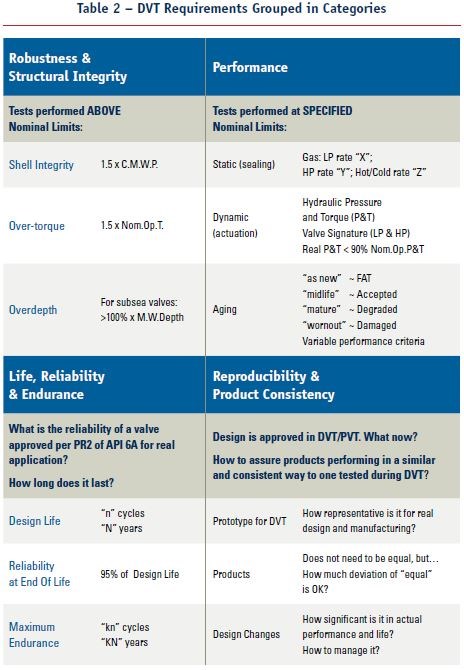By Robert McIlvaine, President & Founder — The McIlvaine Company
Forecasts are being determined for the valve types seen in Table 1.
The valve forecasts in the past have been segmented by function. However, there is now an additional segmentation by performance. So, the ball valve forecast for the chemical industry in the U.S. not only has a separate revenue forecast in dollars for 2024 for both control and isolation, but also has separate forecasts for four types of performance.
The result is more than 5,000 additional forecasts just for the U.S. This is in addition to another 250,000 forecasts for other countries. Are all these extra forecasts valuable? Are these performance categories the best choices? Time will tell, but here is the reasoning.
Purchasers make decisions based on price versus performance. One adage is that there is price, performance, and delivery time. You can only have two out of the three.

Valve companies should forecast markets based on performance for several reasons;
• to be able to maximize production to match sales potential;
• to determine the best distribution routes;
• to create the best sales strategy;
• to determine the best manufacturing techniques e.g. in house hard coating vs sub-contracting.
General performance involves valves of standard construction which are likely to be replaced rather than maintained when problems occur.
This is a category where price and delivery are of higher importance than minor performance differences. Substantial quantities of these valves are manufactured in countries with low labor costs and weak environmental standards. They are often non-actuated valves.
This category will shrink in importance over time. As automation becomes more widespread actuated valves will become key elements of the operation.
The perceived risk with a general valve purchase is that the performance risks are less than the differential cost for a better valve. However, the risk is subject to change. Environmental and safety concerns such as those caused by valve leaks will become increasingly important.

General performance will remain the largest category with close to 50% of the purchases falling into this category.
Severe Service: Corrosion, pressure, temperature, and process operating fluctuations are all conditions that qualify an application as severe service. There is a narrow API definition but McIlvaine is using a broader definition. In addition, the category includes any critical service valve which is also in severe service.
Severe service includes cavitating, erosive, corrosive, noisy, high pressure, high temperature, high pressure drop, or high velocity media. To maximize longevity in these harsh conditions, severe service valves typically utilize extremely hard materials, materials that withstand temperature and pressure extremes, bodies with special flow paths, bodies with high capacities, and cages with unique flow passages.
Critical Service: Safety, product purity, continuous operation, and product toxicity are criteria of critical service. These are also considered essential for the operation of the plant. However, this category excludes critical valves which are also in severe service.

Many fairly common process applications are considered critical because of the fluids involved. At the very top of the list are valves in nuclear applications. Some well-known services are:
Nuclear applications, particularly those involved in primary cooling or isolation service, are especially critical because if these valves fail, the result can be catastrophic. It is why the extent of quality control and assurance procedures and paperwork is exhaustive for this field. It is also why the standards and codes that govern the construction of this equipment are extensive and without equal.
It is why manufacturing valves for nuclear service requires that the manufacturer earn and maintain an “N” stamp in accordance with ASME requirements. Therefore, these cooling applications are not severe, but they are critical.
Unique Service: The distinction is often made between an engineered valve versus an off the shelf or standard valve. Unique valves would be engineered valves which are not in severe or critical service, but would be engineered because of size or special flange designs. Municipal water and wastewater as well as mining and power would have significant numbers of unique valves just due to the size requirements.
Unique is the smallest category due to the fact that any unique severe or critical valves are not included. The forecast of valve revenues based on valve performance will allow management to better determine manufacturing and sales strategies to optimize the opportunities and maximize profits. Higher profit margins are achievable with valves which are considered to be better than general performance.

REFERENCE
(1) Industrial Valves: World Markets published by the McIlvaine Company.
ABOUT THE AUTHOR
Robert McIlvaine is the CEO of the McIlvaine Company which publishes Industrial Valves: World Markets. He was a pollution control company executive prior to 1974 when he founded the present company. He oversees a staff of 30 people in the U.S. and China. http://www.mcilvainecompany.com


